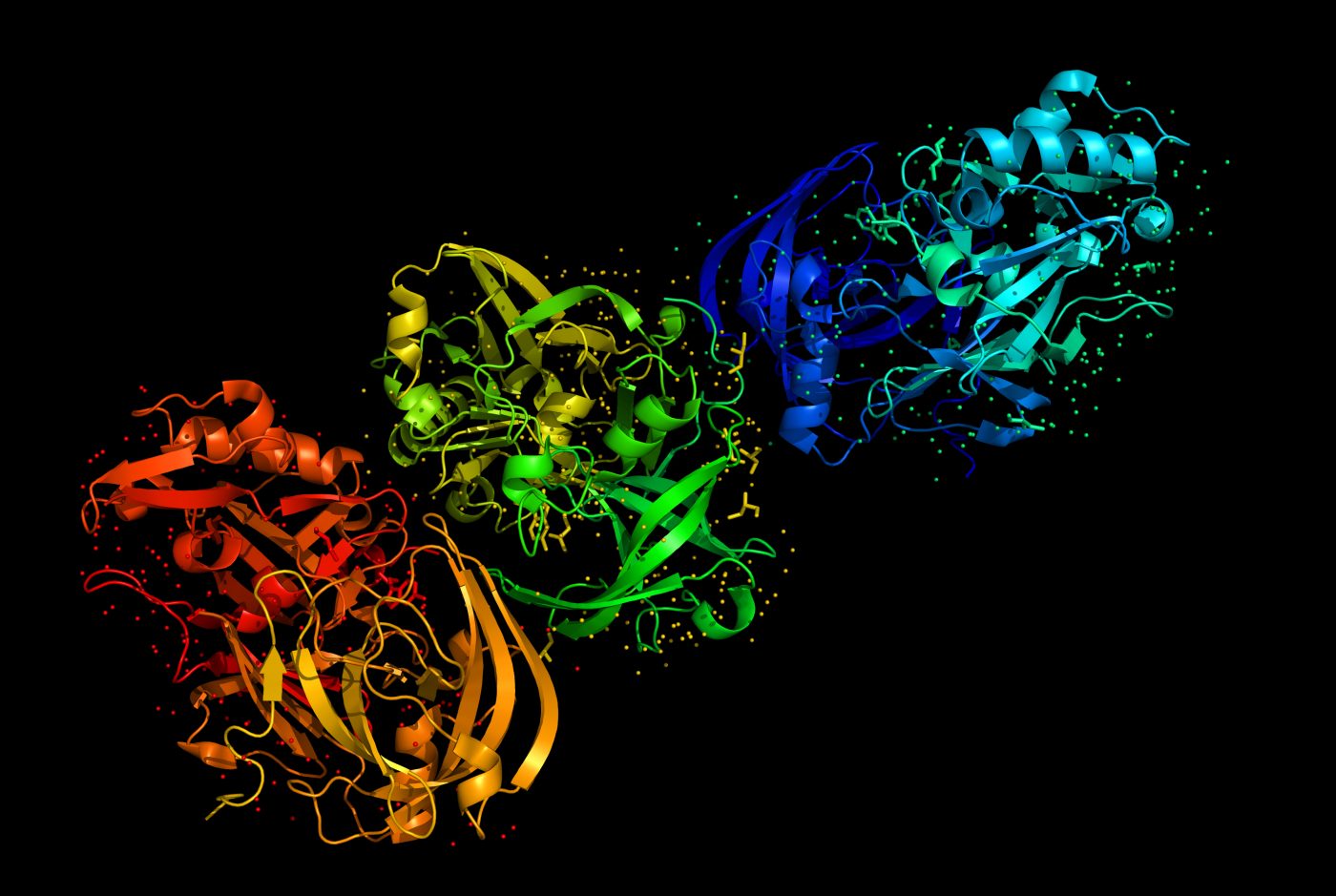Nanowired Drug Delivery Could Treat Parkinson’s Patients More Effectively, Study Suggests

A nanowired delivery of cerebrolysin and mesenchymal stem cells was found to have marked neuroprotective effects in a Parkinson’s disease model, concludes a study presented Nov. 14 at the Neuroscience 2017 meeting in Washington, D.C.
The abstract, “Traumatic brain injury exacerbates Parkinson’s disease neuropathology. Neuroprotective effects of co-administration of TiO2 nanowired mesenchymal stem cells and cerebrolysin,” follows research at Dr. Ryan Tian’s lab at the University of Arkansas on the use of nanowired delivery of drugs on models to treat neurodegenerative diseases.
One potentially promising treatment is cerebrolysin (CBL), which stimulates neurotrophic signaling, or the growth of nerve tissue. Despite the drug’s efficacy in animal models, scientists have not been able to get CBL to the brain before the body’s own enzymes degrade it. Simply giving higher doses leads to adverse events, forcing scientists to find ways to deliver CBL directly into the brain.
Nanoparticles, however, are known to effectively deliver drugs to the brain by transporting them through the blood-brain barrier. This led researchers to use nanoparticles made of titanium dioxide (TiO2) to create nanowired drugs. TiO2 can be used to make a compound called titanate, which is chemically inert and doesn’t react with other biological compounds. CBL can be loaded onto the nanowires of titanate, which can then be administered to patients.
Stem cells are known to reverse brain damage in patients who have undergone stroke or trauma. Researchers investigated a combination of mesenchymal stem cells (MSCs) and CBL in animal models of Parkinson’s. Results demonstrated that this combination did ineed lead to improved brain pathology in the Parkinson’s model.
To further improve the treatment, researchers developed CBL-loaded titanate and co-administered with MSCs-loaded nanoparticles, which led to far superior neuroprotective effects than before.
“We believe titanate nanowires could be considered as potential drug delivery tools for neurodegenerative diseases and may be translated into clinical use in future,” Asya Ozkizilcik, a doctoral student in Tian’s lab, said in a press release.
While the mechanism through which titanate improves delivery is not entirely clear, titanate may help by prolonging the delivery of intact CBL to the blood-brain barrier, which would allow higher concentrations of CBL to be released into the brain.






